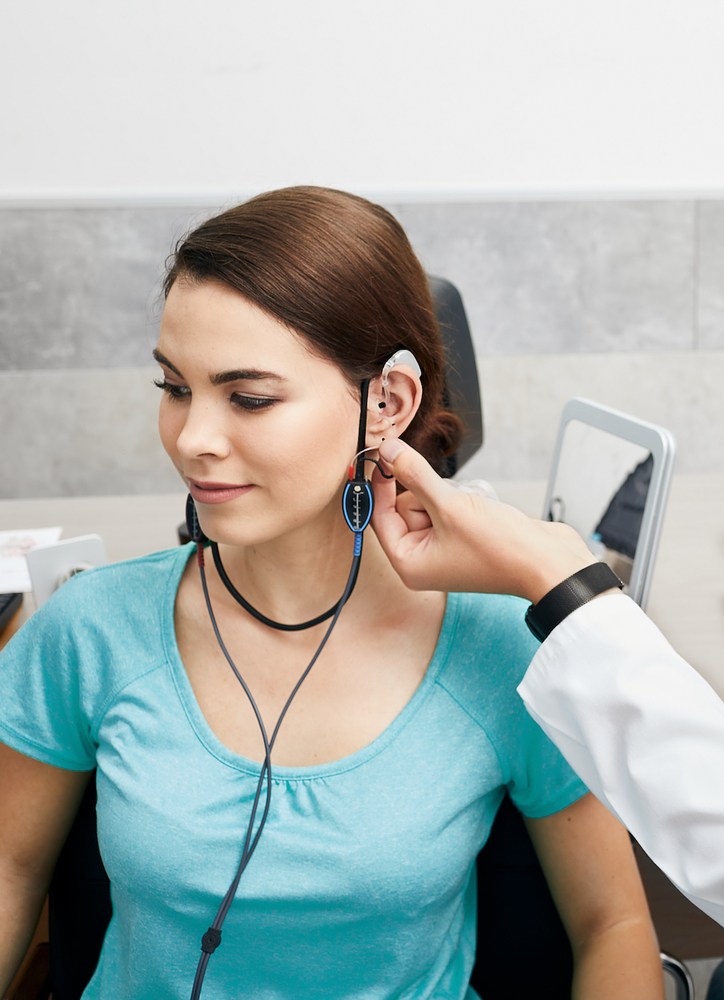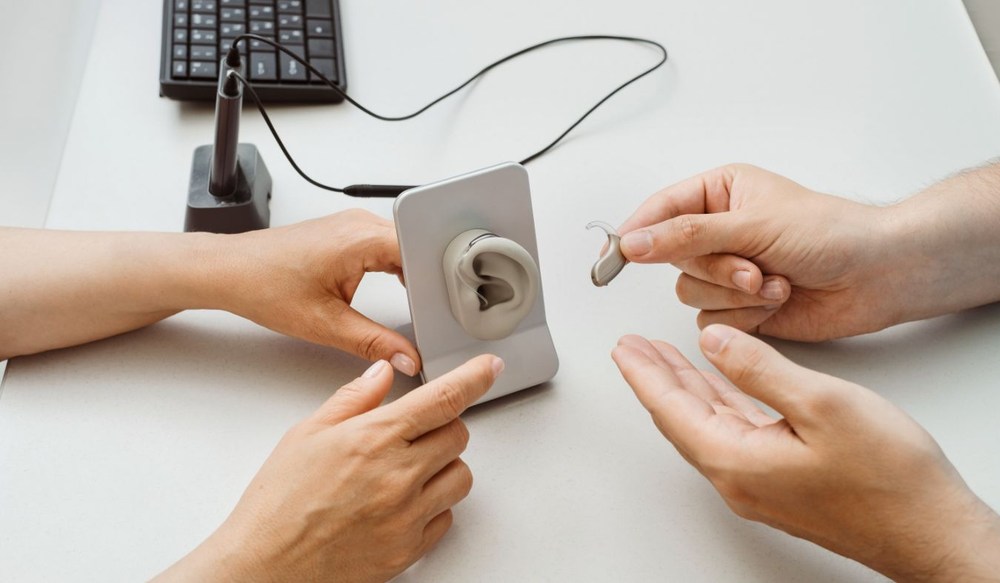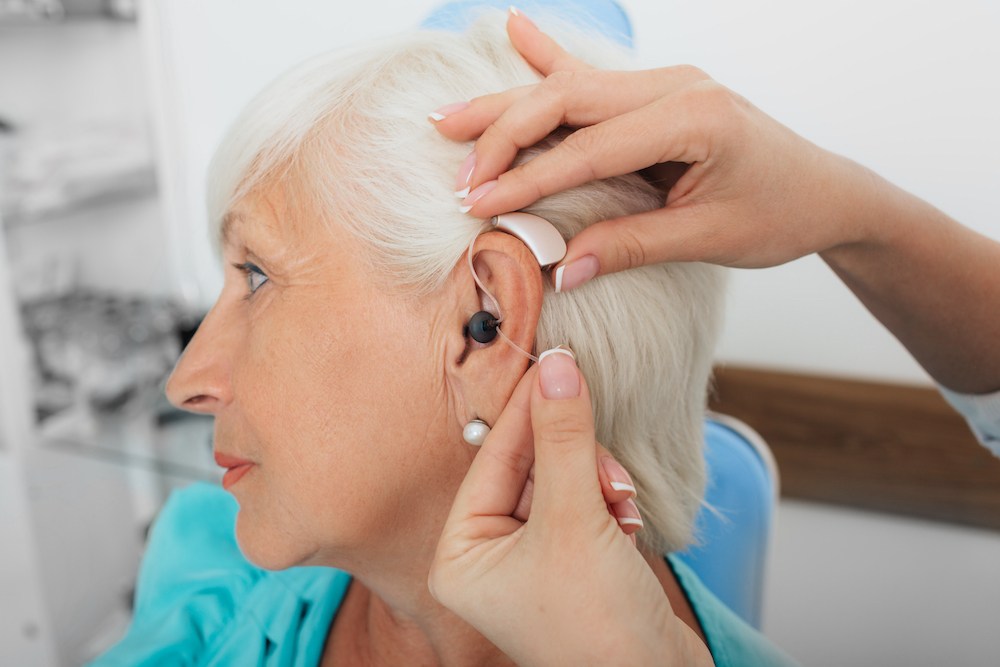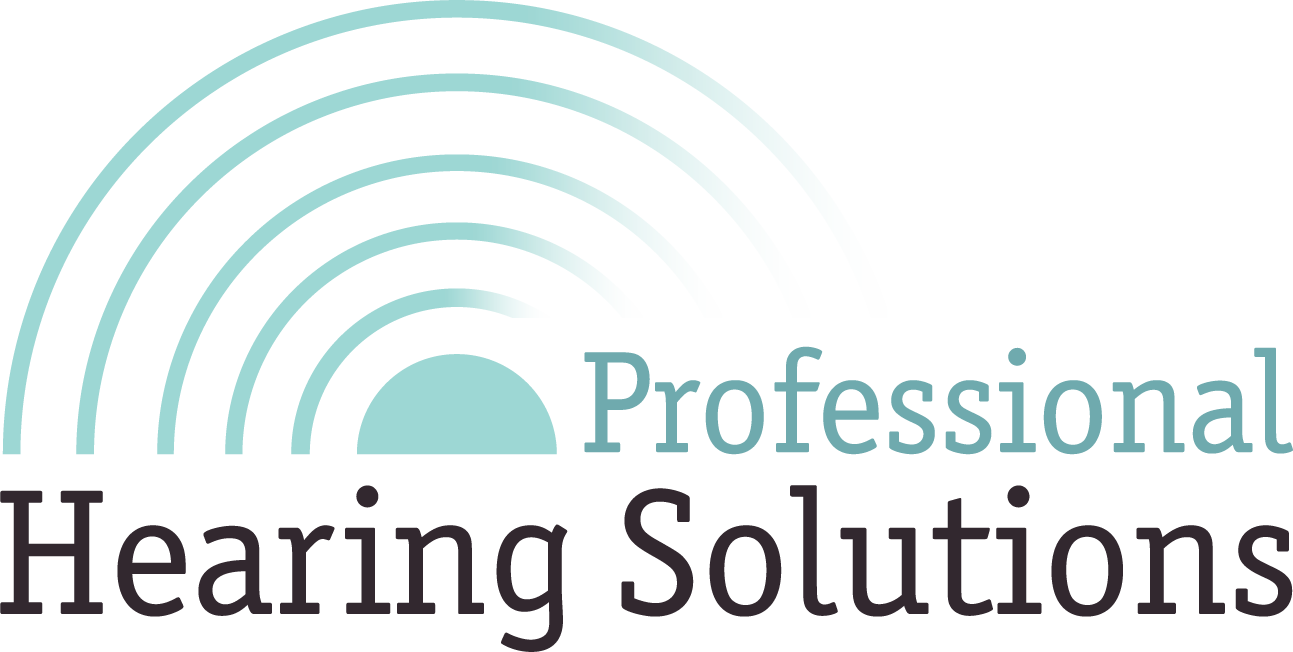The Impact of Hearing Aid Design on Wearer Comfort
The design of a hearing aid affects more than just how it looks. It
We Are Proud to be a VA Provider! SCHEDULE TODAY

By: admin | June 20, 2025
Hearing tests have come a long way from the basic “raise your hand when you hear the beep” approach that many of us remember. Just like hearing aids have gotten smaller, smarter and more effective over the years, the technology used to test your hearing has also improved significantly. These advances mean that audiologists can now get a much clearer picture of not just how well you hear, but exactly where potential problems might be occurring in your hearing system.
Better testing technology leads to better treatment options for you. When your audiologist can pinpoint specific issues more accurately, they can recommend solutions that are tailored to your particular hearing needs rather than taking a one-size-fits-all approach. This means you’re more likely to get hearing aids or other treatments that actually work well for your lifestyle and hearing challenges. Modern hearing testing can also catch problems earlier, which often means more treatment options and better outcomes.
The goal of all these technological improvements is simple: to help people hear better and live more comfortably. Whether you’re dealing with age-related hearing changes, noise-induced hearing loss or just want to make sure your hearing is healthy, having access to more precise testing means you can make better decisions about your hearing care. These advances help ensure that you get the most accurate diagnosis and the most effective treatment plan possible.
Hearing tests have developed significantly over the years. In the earliest times, hearing was judged by simple observation. Someone might speak at different volumes or clap behind a person to see if they responded. These basic checks gave only a rough idea of whether someone could hear well, without any precise measurement.
In the 1800s, tools were introduced to bring more consistency to hearing evaluations. The tuning fork became widely used because it helped differentiate between hearing loss caused by issues in the outer or middle ear and those related to the inner ear or auditory nerve. By holding the fork against the skull or near the ear, practitioners could identify the type of hearing loss more reliably than before. Around the same period, audiometers were developed. These early devices produced tones at specific pitches and volumes to find the softest sounds a person could hear. While these machines were large and not portable, they marked the beginning of measurable hearing tests.
Through the 1900s, hearing tests improved in precision and comfort. Electronic audiometers replaced mechanical ones, allowing for better control and more accurate sound delivery. Quiet rooms designed to block background noise became standard, ensuring tests were not affected by external sounds. At this time, speech testing was introduced. This added an important layer by assessing how well a person could understand spoken words, which is critical for real-world hearing, not just tone detection.
In recent decades, the shift to digital technology has made hearing tests more detailed and easier to perform. Modern audiometers connect to software that records, analyzes and stores results instantly. This technology also enables tests that evaluate how well someone hears in noisy environments or adapts to different sound situations. Portable devices and tablet-based hearing screens have become common, allowing hearing assessments to happen at other places outside of the clinic, like schools, workplaces or homes. This makes early detection more practical for many people.
Additional testing methods have become important for patients who cannot provide clear behavioral responses. Tests like otoacoustic emissions measure sounds produced by the inner ear, while auditory brainstem response testing records how the brain reacts to sound. These tools are especially useful for newborns and individuals with communication challenges. Remote hearing tests and hearing aid adjustments are increasingly available as well, reducing the need for frequent visits and making care more accessible. Today’s hearing evaluations reflect a balance of accuracy and convenience built on decades of gradual improvements.
Recent advancements in hearing testing have centered on improving accuracy, speed and accessibility through technology. One major development is the use of digital platforms that combine precise sound delivery with real-time data analysis. These systems allow clinicians to adjust tests on the fly based on responses, creating a personalized experience that reflects how hearing functions in everyday situations. The integration of software also enables detailed tracking of results over time, which supports better monitoring of changes in hearing ability.
Another important area is objective testing methods that do not rely on patient participation. Technologies like otoacoustic emissions (OAE) testing use tiny microphones to detect sounds generated within the inner ear. This approach offers a quick and noninvasive way to assess ear health, especially useful for newborns or people who cannot respond reliably to traditional tests. Auditory brainstem response (ABR) testing, which measures electrical signals from the brainstem in reaction to sound, provides further insight into how well the hearing pathways are working. These methods are becoming more common thanks to advances in sensor technology and signal processing.
Portable and mobile hearing assessment tools have expanded testing beyond clinics. Compact devices connected to smartphones or tablets enable screenings in schools, workplaces or even remote locations, breaking down barriers to early detection. Automated testing systems embedded in apps guide users through hearing checks without needing a specialist present. This shift is helping reach more people and offering convenient options for regular hearing monitoring.
Teleaudiology has also grown, with remote testing and hearing device programming becoming practical and reliable. Patients can complete assessments or adjust hearing aids from home, reducing the need for frequent visits. Cloud-based platforms facilitate secure sharing of test data between patients and clinicians, allowing for ongoing care and quicker adjustments.
Together, these technologies focus on making hearing testing more adaptable, efficient and accessible. By combining advanced hardware with intelligent software, modern hearing assessments provide richer information with less effort for both patients and professionals.
Artificial intelligence is starting to shape how hearing tests are conducted, interpreted and even delivered. One of the main benefits is in streamlining data analysis. AI systems can process hearing test results quickly, comparing responses to large sets of existing data to identify patterns that might be overlooked in a manual review. This helps clinicians spot subtle issues more efficiently, especially when working with complex or borderline results. In some cases, AI can flag inconsistencies or suggest follow-up testing, serving as a second layer of review that supports clinical decision making.
Personalization is another area where AI is beginning to make a difference. Some newer hearing test platforms use adaptive algorithms that adjust the test based on how the person responds in real time. If someone is having trouble with certain pitches or speech in noise, the system can spend more time in those areas or change the test environment to get a more accurate picture of functional hearing. This approach makes the testing process more efficient and can reduce fatigue or frustration for the person being tested.
AI is also being used to expand access to care. In remote or app-based hearing screenings, AI can guide users through the testing process and interpret the results without requiring a specialist to be present. While these systems are not replacements for full clinical evaluations, they can help identify when someone may need to follow up in person. This is especially useful in places where hearing care is limited or for people who may not otherwise seek out testing on their own.
Teleaudiology allows you to have your hearing tested from the comfort of your own home. It eliminates the need for travel, which can be especially beneficial for those with mobility issues or who live far from a clinic.
Remote hearing tests connect you directly with an audiologist through online platforms. These professionals guide you through the process, ensuring accurate results while providing real-time feedback and support. If concerns about traveling or scheduling appointments have been preventing you from getting your hearing tested, this solution offers an effective workaround.
You might wonder about the accuracy of these remote tests compared to traditional in-clinic assessments. However, these digital platforms use high-quality software designed to provide reliable and precise results. They also allow specialists to access comprehensive data for analysis and diagnosis.
Many people don’t realize their hearing has changed until it starts affecting everyday situations. One of the most common early signs is difficulty understanding speech, especially in places with background noise. You might find yourself asking people to repeat themselves more often or feel like others are mumbling, even when they aren’t. Conversations in restaurants, meetings or group settings may become harder to follow, and you may catch yourself nodding along without fully grasping what was said.
Another sign is needing to turn up the volume on the television, phone or radio higher than what others around you consider comfortable. Family members might mention that things are too loud or you may notice that you’re straining to catch details in shows or conversations. It’s also common to experience mental fatigue from concentrating harder than usual to keep up with spoken words. This kind of listening effort, especially when it becomes constant, is a strong indicator that it’s time to check your hearing.
Tinnitus, a hearing a ringing, buzzing or hissing sound in your ears when no external sound is present, can also be a reason to schedule a hearing test. While not always linked to hearing loss, it often appears alongside it. If you’re noticing these sounds more frequently or they’re interfering with concentration or sleep, it’s worth having your hearing evaluated.
You don’t always need to wait for noticeable symptoms, though. Regular hearing checks are a good idea for anyone over the age of 50, or sooner if you work in noisy environments, have a family history of hearing loss or have had repeated ear-related health concerns. Like vision and dental exams, hearing tests can catch gradual changes before they become disruptive, giving you a clearer sense of where things stand and what steps to take next if needed.
When you come in for a hearing test today, it’s not just about whether you can hear tones at certain pitches. It’s about understanding how your ears, nerves and brain work together to process sound. With the tools we now use, we’re able to gather deeper information in less time, often identifying subtle issues that would have been missed in the past. That gives us a better foundation for talking with you about what’s going on and what might help.
If you’re ready to take the next step, we’re here to make the process clear, straightforward and useful to you. Contact Professional Hearing Solutions in Port Orange, FL at (386) 478-7345 to schedule a hearing test. Whether you’ve noticed some changes or just want to stay ahead of them, a modern evaluation can give you real answers and a clear path forward.
Tags: ABR tests, OAE tests, speech tests

The design of a hearing aid affects more than just how it looks. It
By: admin | October 20, 2025

Nothing beats summer’s outdoor possibilities. Whether you’re
By: admin | July 29, 2025

Hearing tests have come a long way from the basic “raise your hand
By: admin | June 20, 2025
